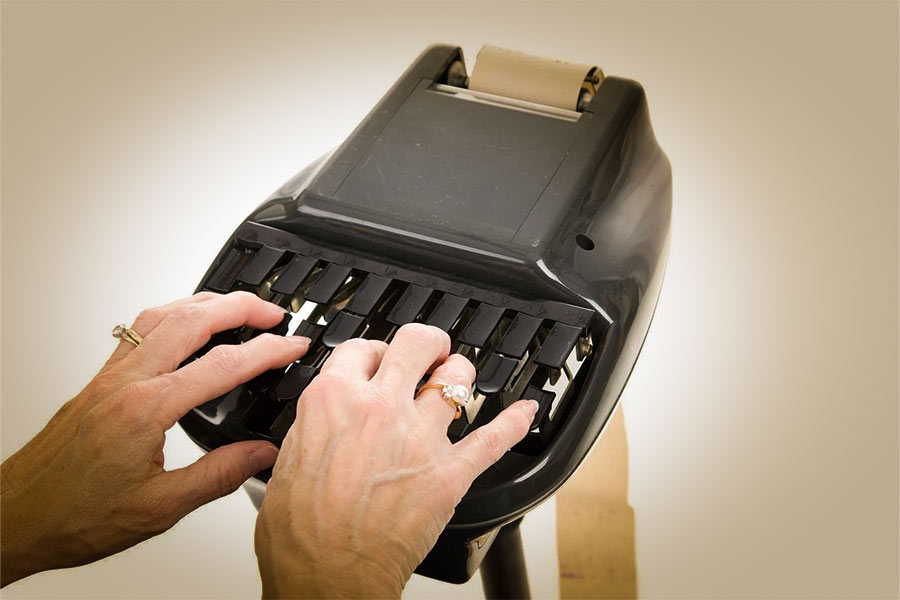
Encyclopedia search
One player makes an undefined offer. The other player responds with a defined offer that clarifies the undefined offer. Players take turns initiating and responding.
People are making offers all the time, but they’re not always aware of it. Take a moment to think about the position your body is in. Up until the moment that you thought about it, your body posture was an unconscious offer—something you were doing without thinking about it.
Treat Twitter tweets as though they were things said to you in a scene. Use the Gimme Getter to call up a random way to respond (e.g., follow, build, amplify, etc.). Keep repeating the process, getting new ways to respond and new tweets.
Players divide into two teams and play tug of war with an invisible rope until one side wins. If the rope stretches, the game is restarted.
Player A makes an offer. Player B responds with a strange or unexpected offer. Player A responds truthfully to Player B’s offer. Repeat.
Trust must be earned, and it usually takes a while to happen. This serves us well in life, but not in interactive performance. As an inter-actor, you’re expected to play with total strangers in ways that are intimate, aggressive, bold, and vulnerable, with barely any time for trust to be earned. This is why entrusting is an essential skill for all inter-actors. Entrusting is the conscious act of giving trust before it has been earned.
Catcher stands behind Faller, with hands a few inches from Faller’s shoulders. Faller asks, "Ready?" Catcher responds, "Ready." Then Faller falls backward, keeping the body straight. Catcher catches Faller, then sets Faller back up to center. Catcher moves hands back a few more inches and the process is repeated. Continue falling farther each time, until either player feels the limit of safety has been reached. Then trade roles.
In interactive performance, trust is more than a platitude. Saying that you trust someone is nice, but it doesn’t mean anything until it’s put into action. Trust is demonstrated through the risks that players are willing to take with each other.
Ideas can be captured by writing, typing, or recording. Each medium has its strengths and weaknesses. There may be times when you want to move information from one medium to another. When you do, there’s an app for that.





